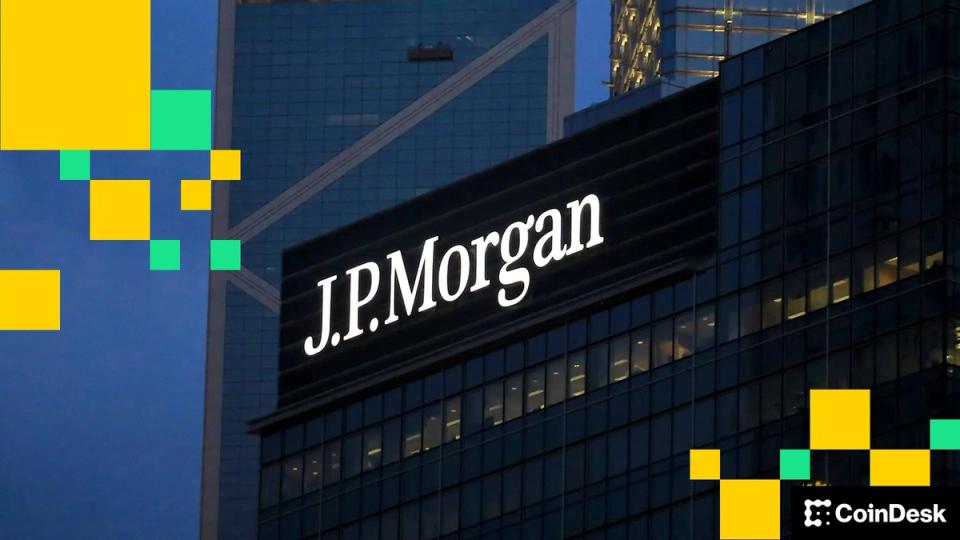Bitcoin has room to run – and quickly – according to a new forecast from JPMorgan analysts who see the cryptocurrency reaching as much as $170,000 in the next six to 12 months.
In a note released this week, strategist Nikolaos Panigirtzoglou and his team said the recent deleveraging of crypto derivatives, particularly Bitcoin perpetual futures, lagged the market by a wide margin, paving the way for further upside.
“The message from the recent stabilization is that perpetual futures deleveraging is likely behind us,” the report said, referring to the October and November selloffs that followed a wave of liquidations and the $120 million Balancer feat.
The bank’s price projection is based on a comparison with gold. Bitcoin has long been positioned as “digital gold,” but JPMorgan’s model suggests it is currently trading well below where it should be when adjusted for risk. Their framework assumes that bitcoin consumes 1.8 times more risk capital than gold, and given the $6.2 trillion in private investment in gold via ETFs, bars and coins, bitcoin’s market cap would have to increase by two-thirds — by about $2.1 trillion — to match this exposure. This implies a price of $170,000, compared to around $102,000 today.
This is a sharp reversal from late 2024, when bitcoin was trading well above this model’s estimated value.
Today, it is about $68,000 below the gold-based fair value benchmark, according to the team.
This call comes at a time when investor behavior is changing across asset classes. Retail investors continue to buy U.S. stocks and gold, but with gold’s increasing volatility, bitcoin could increasingly become the preferred hedge against equity risk, the note suggests. Recent gold purchases by central banks and retail buyers have surged in dollars, but bitcoin now looks more attractive from a risk-adjusted perspective.
JPMorgan played down concerns that the tightening of U.S. bank reserves would spill over into broader markets. While liquidity among banks is tight, the broader money supply and non-bank liquidity continue to grow, supporting risk assets like stocks and cryptocurrencies.
However, the bank’s projections are not based solely on sentiment or momentum. “This is a mechanical exercise,” the team wrote.




